Have you ever wondered what happens to your body after a massage? Massage therapy is a popular form of therapy that involves the manipulation of the soft tissues of the body to gain relief from pain, discomfort, and other physical and mental ailments. While massage therapy can provide relief from many symptoms, it can also have some surprising benefits for your body. In this article, we’ll explore what happens to your body after a massage, including the physical and mental benefits you can experience.
Contents
What Happens to Your Body After a Massage
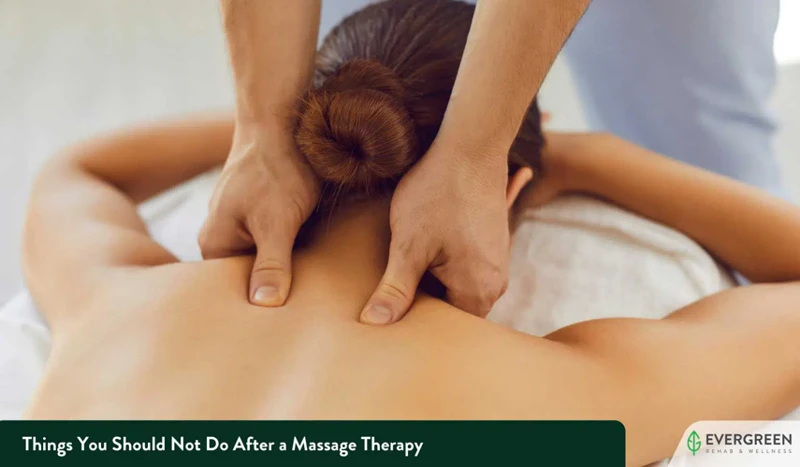
What Happens After Massage
A massage can reduce stress and tension, improve circulation, and increase joint flexibility. It can also help reduce symptoms of anxiety and depression. After a massage, your body is in a relaxed state and your muscles are more relaxed and relaxed. This helps your body to heal and recover from any trauma that it may have experienced.
What Happens to Muscles During Massage
During a massage, your muscles are manipulated to increase circulation, reduce inflammation, and improve range of motion. This helps to reduce muscle tension and spasms, which can be a result of stress and overuse. The massage also helps to break up any adhesions in the muscles, which can help to reduce pain and discomfort.
What Happens to Your Body After a Deep Tissue Massage
A deep tissue massage is a type of massage that targets the deeper layers of muscle and connective tissue. This type of massage is beneficial for releasing chronic muscle tension and improving overall circulation. After a deep tissue massage, your body may feel relaxed and free from tension. The massage also helps to increase flexibility and range of motion in your joints and muscles.
What Does a Massage Feel Like?
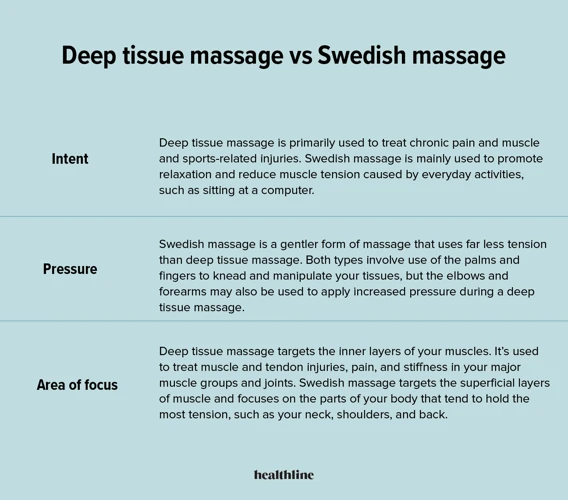
A massage is a luxurious indulgence, but it also has numerous health benefits. During a massage, your body is manipulated in various ways, using pressure, kneading, and rolling. Depending on the type of massage, the therapist may use their hands, fingers, arms, and even feet to apply pressure to the body. Massage can be both relaxing and invigorating.
What happens to muscles during massage? During a massage, your muscles are manipulated in various ways. Depending on the massage technique, the therapist may use their hands, fingers, thumbs, knuckles, elbows, and even feet to apply pressure to your muscles. This helps to relieve tension, increase circulation, and improve range of motion. Massage can also help to reduce muscle spasms, decrease pain, and reduce scar tissue formation.
A massage can vary greatly in intensity, depending on the type and pressure applied. Some massages are light and gentle while others can be quite intense. Generally, a massage should feel relaxing and soothing. It may feel a bit uncomfortable at times, depending on the technique used, but it should never be painful.
The sensation of a massage is often described as a “kneading” feeling, as your muscles are manipulated and pressure is applied. You may feel the therapist’s hands gliding over your skin and sometimes, a warm oil or lotion is used to reduce friction. During a massage, you may experience tingling sensations, warmth, and muscle fatigue as the massage begins to take effect.
At the end of a massage, you should feel relaxed and energized. Your muscles should feel looser and your body should be relaxed. You may also experience an overall sense of well-being and improved mental clarity.
How Does Massage Relieve Pain?
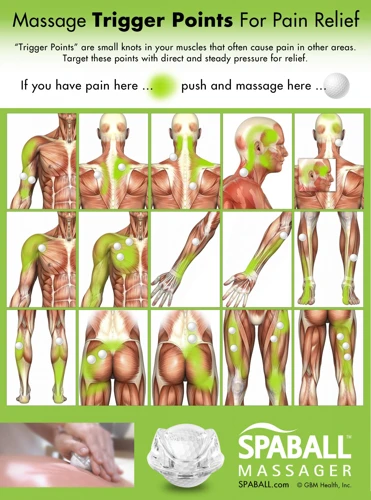
Massage therapy works by manipulating the body’s soft tissues to reduce tension and help the body relax. It is believed to promote the release of endorphins, the body’s natural pain-relieving hormones. Massage therapy can also improve circulation and increase blood flow to affected areas of the body, which can help reduce inflammation and swelling. What happens to your body after a deep tissue massage? During a massage, the therapist applies pressure to the muscle groups, allowing the muscle fibers to be stretched and manipulated. This helps to break up adhesions and knots, release trigger points and reduce tension. In turn, this helps to reduce pain and improve the range of motion.
- Massage therapy works by manipulating the body’s soft tissues.
- It is believed to promote the release of endorphins, the body’s natural pain-relieving hormones.
- Massage therapy can also improve circulation and increase blood flow to affected areas of the body.
- During a massage, the therapist applies pressure to the muscle groups, allowing the muscle fibers to be stretched and manipulated.
- This helps to break up adhesions and knots, release trigger points and reduce tension.
- In turn, this helps to reduce pain and improve the range of motion.
How Does Deep Tissue Massage Help Muscles
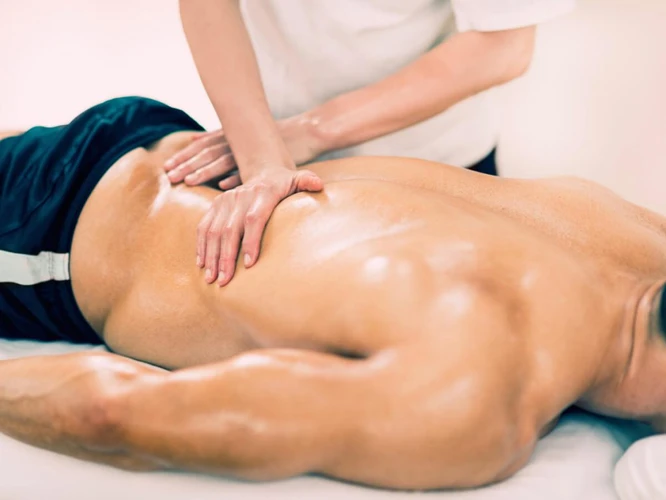
Deep tissue massage is a type of massage therapy that focuses on realigning deeper layers of muscles and connective tissue. It is especially helpful for chronic aches and pains and contracted areas such as stiff neck and upper back, low back pain, leg muscle tightness, and sore shoulders.
It helps to break up and eliminate scar tissue. Deep tissue massage works by physically breaking down these adhesions to relieve pain and restore normal movement. To do this, the massage therapist uses massage oil and often uses direct deep pressure.
This type of massage also increases blood flow, which helps to reduce inflammation and muscle spasms by bringing oxygen and other nutrients to the affected area. People often notice improved range of motion immediately after a deep tissue massage.
The sensation during a deep tissue massage is often a little uncomfortable. Clients often report feeling sore the day after their massage, but this usually dissipates within a day or two. The discomfort is a result of the massage therapist releasing tension in the muscles.
When done correctly, a deep tissue massage can help to reduce stress, ease muscle tension, and improve circulation. People often report feeling much better after a massage, both physically and mentally. The feeling of relaxation can stay with you for days after a massage, and can help to reduce anxiety and improve sleep. The long-term effects of a massage can be quite profound, as regular massage can help to reduce pain, improve posture, and provide a feeling of overall wellbeing.
The key to getting the most out of a deep tissue massage is to find the right massage therapist for you. A good massage therapist will listen to your needs and tailor the massage to your individual goals. They will also be able to provide tips on how to take care of your muscles and maintain the benefits of the massage.
What does a massage feel like? Deep tissue massage can be both relaxing and invigorating. You may experience some discomfort during the massage as the therapist works to release tension in the muscles. However, after the massage, you will likely experience a feeling of deep relaxation and improved mobility.
Why Massage Gives Relief in Muscles Pain

- Increases blood circulation: Massage helps increase the circulation of blood, thus allowing more nutrients and oxygen to be delivered to the affected area. This increased circulation helps to reduce pain and inflammation, and may even help to speed up the healing process.
- Releases endorphins: As massage is applied to the body, endorphins are released into the bloodstream. These endorphins act as natural painkillers and help to reduce the pain associated with muscle pain.
- Relaxes tense muscles: Massage can help to relax tense muscles, allowing the body to relax and the muscles to become less tense. This relaxation can help to reduce the pain associated with muscle tightness.
- Stimulates the lymphatic system: Massage can help to stimulate the lymphatic system, which helps to remove toxins from the body. This can help to reduce inflammation and pain, and can help to speed up the healing process.
Massage is an effective way of relieving muscle pain and can be used to help reduce inflammation and speed up the healing process. By increasing blood circulation, releasing endorphins, relaxing tense muscles and stimulating the lymphatic system, massage can provide relief from muscle pain and help to reduce inflammation and speed up the healing process.
Benefits of Massage Therapy
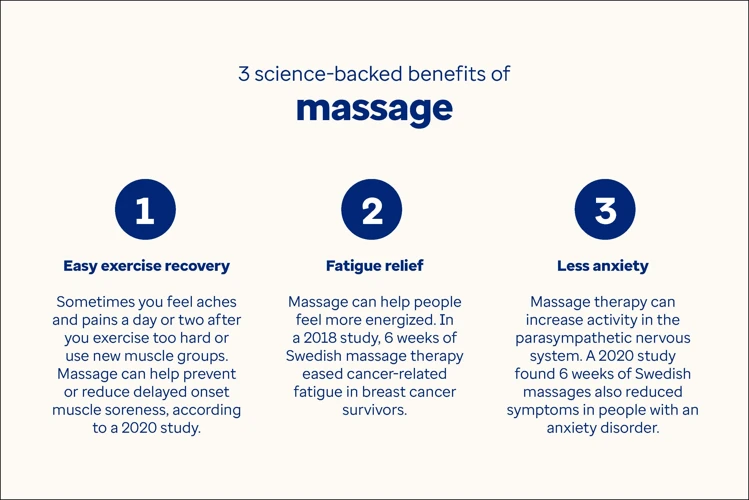
Improved Blood Circulation
Massage therapy increases circulation by bringing oxygen and other nutrients to body tissues. This helps to reduce pain and inflammation, improve muscle tone, and enhance flexibility. It also helps to reduce stress and tension, improve posture, and increase relaxation. How does deep tissue massage help muscles? It can help to relax and lengthen tight, overworked muscles and decrease soreness.
Improved Flexibility and Range of Motion
Massage therapy can help to improve range of motion and flexibility by loosening and stretching tight muscles, connective tissue, and tendons. This helps to reduce pain and improve mobility. It can also help to improve posture and increase energy levels.
Stress Relief
Massage therapy is a great way to reduce stress and relax the body and mind. It can help to reduce tension, anxiety, and fatigue. It can also help to improve mood and sleep quality, which can lead to improved overall health and well-being.
Massage for Pain Relief
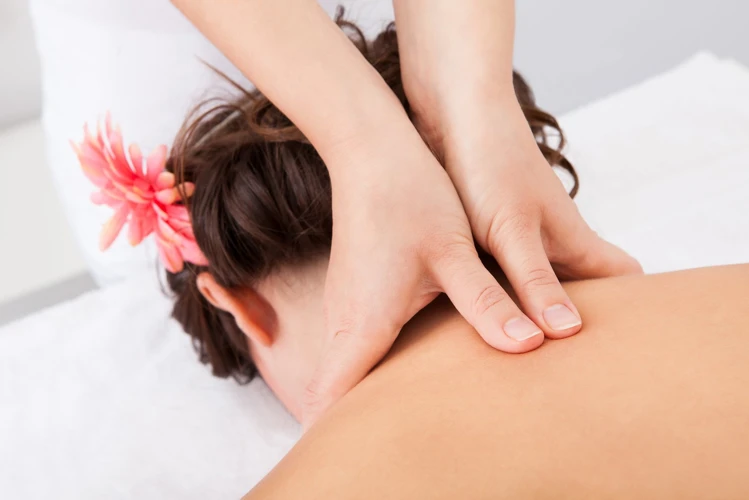
Lower Back Pain
Massage is an effective treatment for lower back pain, as it helps in relaxing the muscles and reducing tension. Studies have found that massage can be as effective as other treatments, such as acupuncture and exercise, in providing relief from chronic lower back pain. Massage is also helpful in reducing inflammation, which can help with lower back pain caused by muscle strain or injury.
Headache
A massage can help reduce tension-related headaches. Massage helps to relax the muscles of the neck and shoulders, which can help reduce the pain and pressure associated with tension headaches. Massage can also help to reduce stress, which can be a cause of headaches.
Fibromyalgia
Massage can be a beneficial treatment for those with fibromyalgia. Massage helps to improve circulation, which can help to reduce pain and inflammation associated with fibromyalgia. Massage also helps to relax the muscles, which can help to reduce pain and discomfort. Additionally, massage can help reduce stress and anxiety, which can be contributing factors to fibromyalgia.
Why massage gives relief in muscles pain is because it helps to reduce tension, improve circulation, and relax the muscles. Massage can be a great way to reduce pain and provide relief from a variety of conditions.
Potential Side Effects
- Soreness: A massage can cause soreness, but this is temporary and should subside within a day or two after the massage.
- Headache: Headaches can result from the release of toxins and tension in the body during a massage.
- Allergic Reaction: If you are allergic to massage oils, you may experience an allergic reaction.
- Nausea: Nausea can occur when too much pressure is applied to the abdominal area during a massage.
- Low Blood Pressure: Massage can lower your blood pressure and cause dizziness or lightheadedness.
- Muscle Tears: A massage can cause small tears in the muscle fibers, which can cause soreness and discomfort.
- Exhaustion: Massage can cause fatigue due to the release of muscle tension and the stimulation of circulation.
Frequently Asked Questions
Is there any scientific evidence to back up the benefits of massage?
Yes! The scientific evidence for the benefits of massage continues to grow and researchers have found that massage can provide numerous physical and mental benefits. Here are some of the scientifically backed benefits of massage:
- Increases flexibility and range of motion
- Reduces muscle tension and pain
- Lowers stress hormones and increases serotonin and dopamine
- Improves sleep quality
- Boosts immunity
- Reduces anxiety and depression
- Improves circulation and lymphatic flow
Are there certain types of massage that are more beneficial than others?
Swedish Massage: This is one of the most popular types of massage, as it is a full-body massage. It focuses on the muscles and soft tissues in the body and helps to reduce tension and pain.
Deep Tissue Massage: This type of massage is designed to target the deeper layers of muscle and connective tissue. It helps to reduce inflammation and improve circulation, as well as reduce tension in the body.
Trigger Point Massage: This type of massage focuses on areas of the body that are prone to tension and pain. It can help to reduce pain and tension in the affected areas, as well as improve overall mobility.
Sports Massage: This type of massage is designed to help athletes improve performance and prevent injury. It helps to reduce muscle tension, improve circulation, and increase flexibility.
Hot Stone Massage: This type of massage uses heated stones to help relax the muscles and improve circulation. It can help to reduce tension and stress, and can provide a sense of relaxation and peace.
Prenatal Massage: This type of massage is designed to help pregnant women relax and reduce stress. It can help to reduce tension in the body, and can help to reduce the discomfort of pregnancy.
How Long do the Benefits of Massage Last?
The effects of massage can last for several days, depending on the type of massage and the person. Generally, the benefits of massage are felt for up to 72 hours. Massage can reduce stress, improve sleep, increase flexibility, reduce inflammation and enhance immunity. These effects can be noticed for days or even weeks after the massage.
Are there any potential risks or side effects of massage?
Massage is generally considered to be safe and beneficial for most people when administered by a trained and licensed practitioner. However, some individuals may experience minor side effects or risks, such as soreness, bruising, or fatigue. It is important to drink plenty of fluids before and after your massage to help minimize any potential side effects. Additionally, if you experience any pain or discomfort during your massage, be sure to tell your therapist so they can adjust the pressure.
Is Massage Safe for People of All Ages?
Massage is generally safe for people of all ages, from young children to the elderly. However, it is important to consult with your doctor if you are pregnant or have a medical condition. Massage should be avoided in certain areas of the body, such as the abdomen, on broken skin, or on areas of inflammation. Also, it is important to select a qualified massage therapist.
Conclusion
Massage therapy has been around for thousands of years, and recent studies have shown that regular massage can have both physical and psychological benefits. From improved circulation to reduced stress levels and improved sleep, massage helps to improve overall wellbeing. Regular massage sessions can help to reduce pain, prevent injuries, and even reduce the symptoms of certain medical conditions. With so many benefits, it’s no wonder that massage is becoming increasingly popular.

